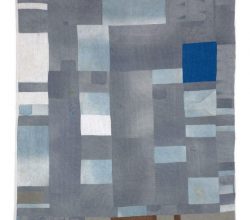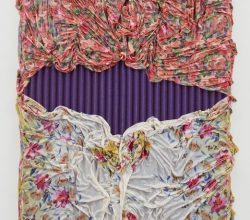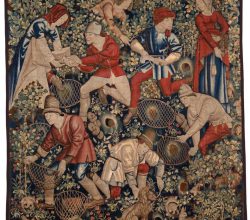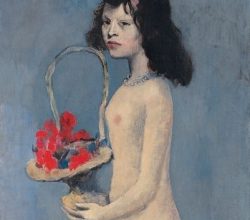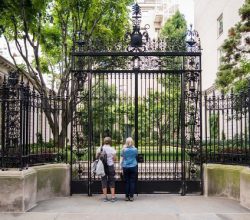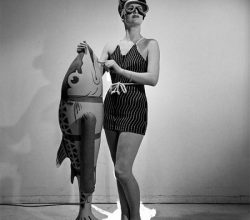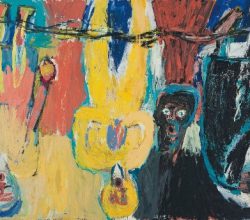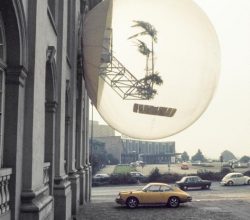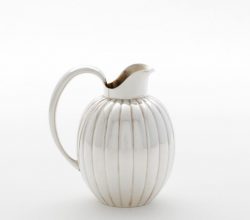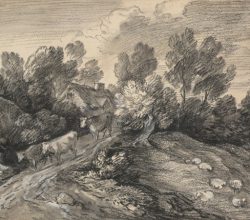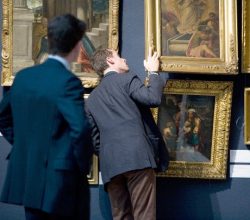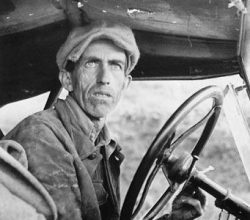
Obituary: David Goldblatt, photographer, 1930-2018
Diane Smyth | British Journal of Photography | 26th June 2018
Goldblatt’s images spoke eloquently of South African community values. “I’m not particularly interested in photographing [events but] in the conditions that give rise to events … There was this almost naked fear of The Black. And yet at the same time, there was an intimacy with blacks that far transcended the intimacy that I knew in my own home, with my parents.”

